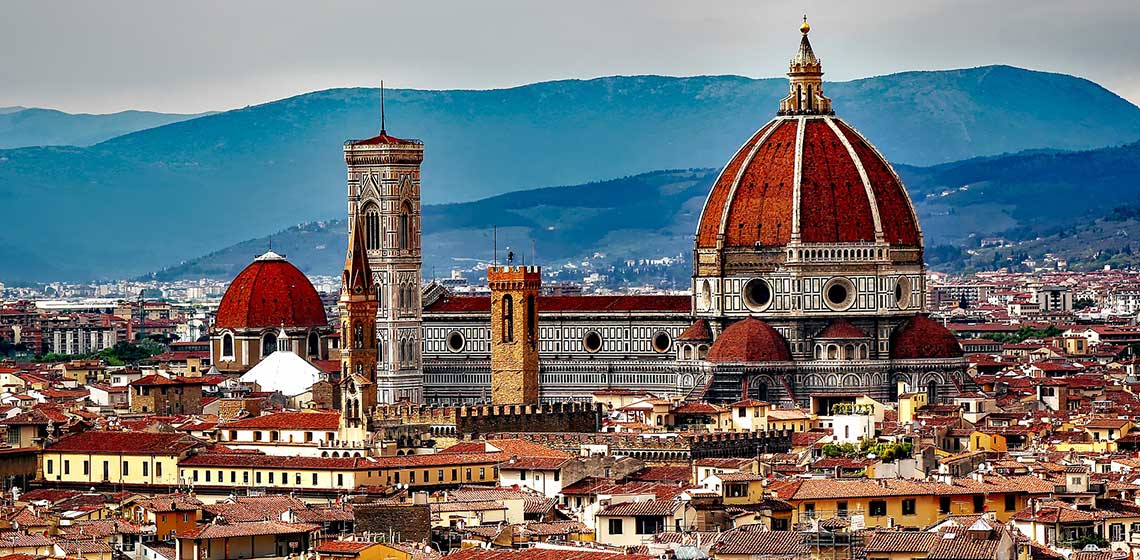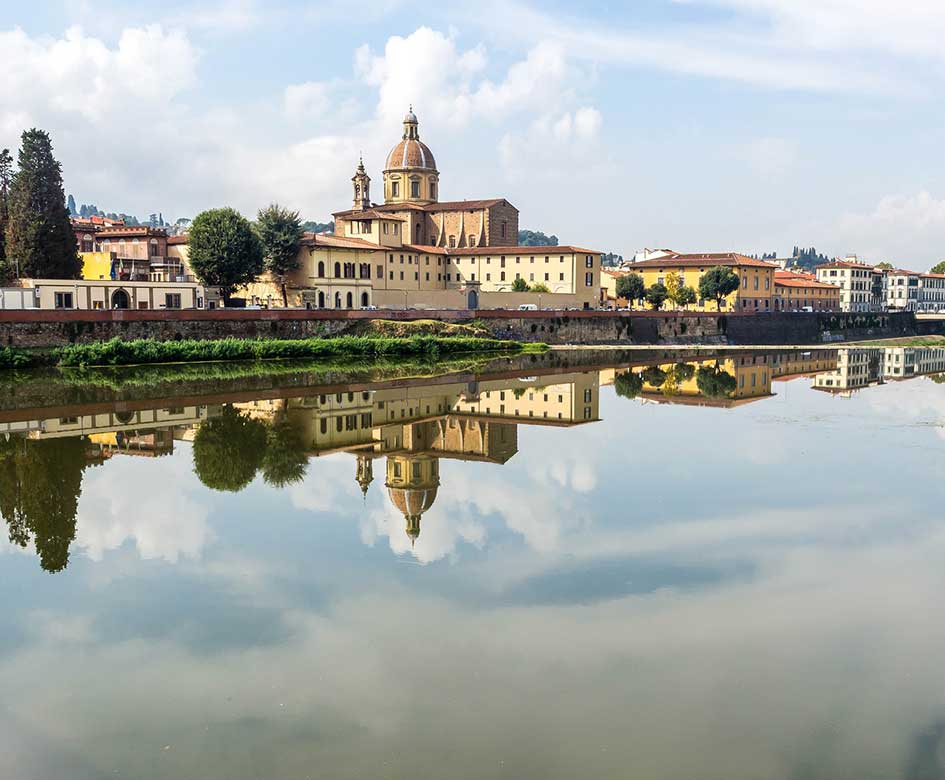
Books about Florence you should read
Page-turners for orienting yourself in Florence.
Need some inspiration before venturing to Florence?
Readings about a city is sometimes the best way to discover what’s beneath the surface; whether it’s history or fiction, a city’s history unveils a side you won’t see written in the streets.
From Renaissance times to modern-day chronicles, this list has everything you need for exploring Florence through a literary lens:
A Room with a View, E.M Forster (1908)
Besides the 1985 film version of this 20th-century classic, this comic-filled romance takes you from England to Italy in a whirlwind story of love and the limitations of 20th-century English society.
From Santa Croce to the Tuscan hills, the story touches on the role Florence played as a tourist destination long before today’s mass tourism.
As Florence’s Anglo community continues to expand, Florence through foreign eyes offers a delightful perspective on the city.
And don’t miss visiting the real “room with a view” in the Hotel degli Orafi (Lungarno Archibusieri, 4) featured in James Ivory’s film adaptation.
Galileo’s Daughter, Dava Sobel (1999)
Galileo Galilei, the revolutionary Florentine to whom we owe the scientific method, modern physics and beyond, is today honored in the city’s Museo Galileo.
Check out this fascinating read documenting the letter exchange between Galileo and his daughter, Suor Maria Celeste, a nun living in Arcetri.
This journey through 16th and 17th-century Italy is a beautiful testament to Galileo’s endearing relationship with his daughter and gives a unique look at the personal life and experiments of the famed scientist.
Florence in Ecstasy, Jessie Chaffee (2017)
Jessie Chaffee’s recent novel debut captures the highs and lows of the modern-day abroad experience.
The story follows the life of a young woman from Boston who becomes involved in the complexity of Florentine social life. Amidst battling her own bout with starvation and the dynamics of this new life, the protagonist intermixes the city’s past with her present, exploring the countless representations of beauty, the city’s mysticism and the enthralling women of Florence’s past.
The Decameron, Giovanni Boccaccio (1353)
Don’t let the date of this book scare you off.
Considered one of the “three crowns” of Italian literary history, Boccaccio’s text presents 100 tales told by seven young women and three young men as they seek respite from the horrors of the Black Death passing through the city at the time.
The stories range from amusing to erotic and tragic, all narrated in the vernacular of the Florentine language with a fusion of wit and morality.
You’d be dead wrong (pun intended) to miss out on this read.
Le Ragazze di San Frediano, Vasco Pratolini (1949)
Set in Florence at the end of the Second World War, this story follows a local “Don Giovanni” type in his attempt to simultaneously romance multiple women.
Set in the south side of the Arno River, the “di là d’Arno,” as the Florentines say, the novel offers an inside look at a mid-century Florentine neighborhood, with its typical characters, their local expressions and the cultural norms of the time.
In an epoch where women’s role in society was clearly defined, the strength and zeal of the women planning to sabotage their unfaithful lover is an amusing twist on the real-life scenarios encountered in Italy during this time.
Pratolini’s novels are often cited as nostalgic in form, recounting the particularities of a Florence that once was, that no longer exists in the city we see today.

From Marble to Flesh. The Biography of Michelangelo's David, Victor Coonin, (2014)
It’s safe to assume that Michelangelo’s art is on your list of things to see in Florence.
So don’t miss this fascinating read documenting the life of his famous David from before to after its creation.
Coonin recounts the array of hurdles faced by Michelangelo, the damage done to the work and the controversies surrounding its new location.
The story, rich in tension and meaning, offers a fascinating take on why Michelangelo’s David is so relevant today; you’ll be sure to enter the Accademia with different eyes after this read.
Credits:






 All the services are provided by local merchants
All the services are provided by local merchants By using this site you support Florence
By using this site you support Florence We offer products with high-quality standards
We offer products with high-quality standards You stay sustainable
You stay sustainable It's a 100% trustworthy website
It's a 100% trustworthy website